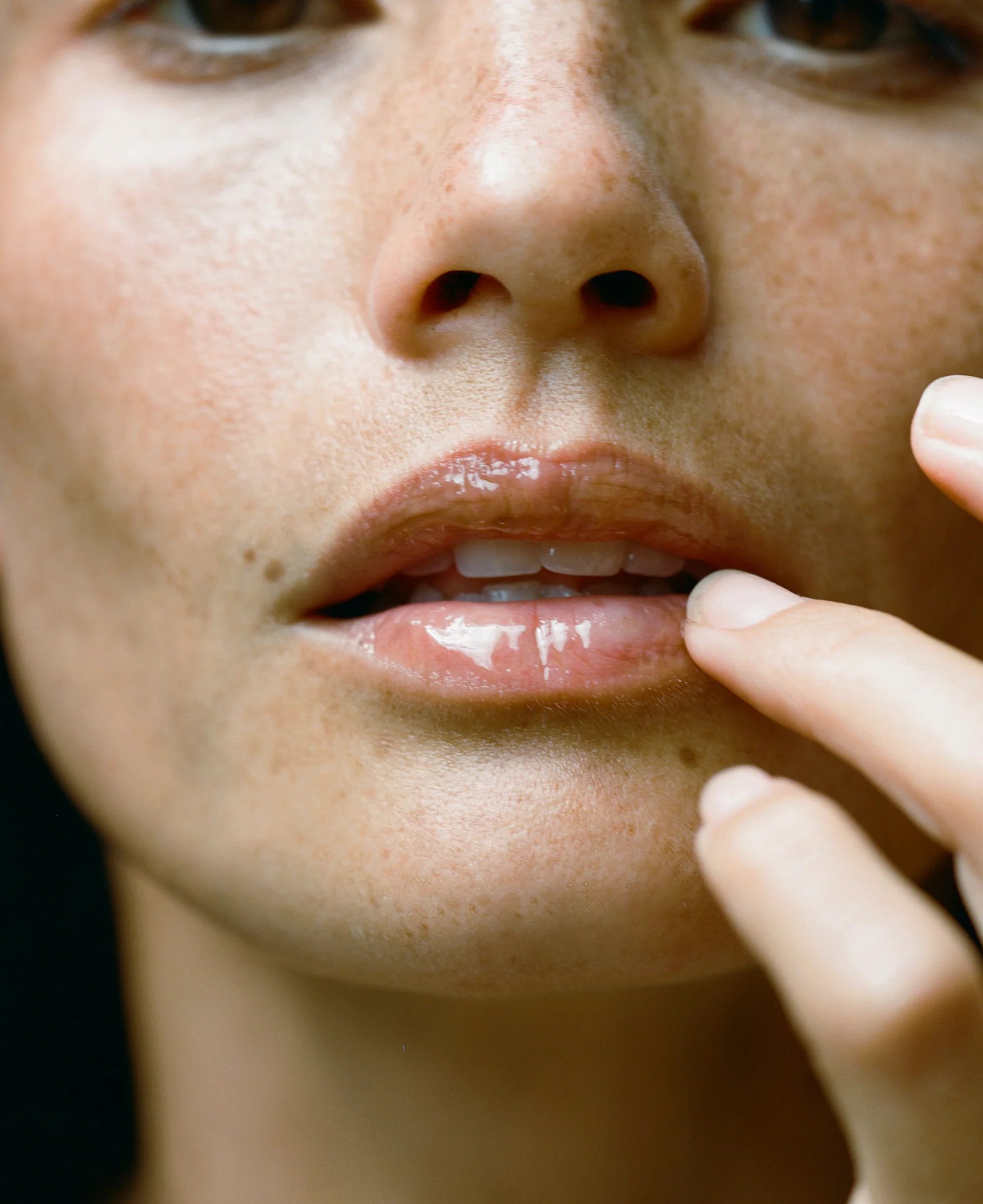
Acne – a seemingly ubiquitous challenge that has plagued countless individuals across the world. Whether you are a teenager or an adult, dealing with those pesky pimples can be a frustrating and confidence-damaging experience. But fear not, for in this comprehensive guide, we will delve into the world of acne, exploring its causes, types, treatment options, and most importantly, how to prevent future breakouts. So, if you are ready to bid farewell to those unwelcome visitors on your skin, read on to discover the secrets to clear, healthy skin.
"Acne occurs when hair follicles become clogged with oil, dead skin cells, and bacteria."
What is Acne?
Acne is a common skin condition that occurs when hair follicles become clogged with oil, dead skin cells, and bacteria. This combination forms the ideal environment for the development of whiteheads, blackheads, pimples, and even deeper, more painful cysts. While acne often appears on the face, it can also affect other areas of the body, such as the chest, back, and shoulders.
What Causes Acne?
Understanding the underlying causes of acne is crucial in effectively managing and treating the condition. Here are some of the main factors contributing to the
development of acne:
1. Excess Sebum Production: Sebaceous glands in the skin produce sebum, an oily substance that helps moisturize and protect the skin. However, excessive sebum production can lead to clogged pores and acne.
2. Dead Skin Cells: The shedding of dead skin cells is a natural process, but when these cells become trapped within hair follicles, they can combine with sebum to form plugs that block the pores.
3. Bacteria: The skin is home to a variety of bacteria, including Propionibacterium acnes (P. acnes), which thrives in clogged pores and contributes to inflammation and acne development.
4. Hormonal Fluctuations: Hormonal changes, such as those that occur during puberty, menstruation, pregnancy, and stress, can trigger increased sebum production and contribute to acne.
5. Diet and Lifestyle: While the connection between diet and acne is still being researched, certain foods high in refined sugars and dairy may exacerbate breakouts for some individuals.

Forehead Acne: Causes and Treatment
Forehead acne is a common concern and can often be attributed to specific factors. The forehead is particularly susceptible to breakouts due to its high density of oil glands and its exposure to hair products. To effectively manage and treat forehead acne, consider the following strategies:
1. Hair Care: Avoid using heavy or greasy hair products that can migrate onto the forehead and clog pores. Opt for non-comedogenic hair products and keep your hair off your face whenever possible.
2. Cleanse Regularly: Gently cleanse your face twice a day using a mild cleanser to remove excess oil, dirt, and makeup. Avoid over-cleansing, as it can strip the skin of natural oils and worsen acne.
3. Exfoliation: Use a gentle exfoliating scrub or chemical exfoliant containing ingredients like salicylic acid to help unclog pores and remove dead skin cells.
4. Topical Treatments: Over-the-counter creams or gels containing benzoyl peroxide or salicylic acid can help reduce inflammation and kill bacteria. Apply as directed and gradually increase usage to prevent irritation.
"Adopting a consistent skincare routine and making certain lifestyle changes can significantly reduce the likelihood of future breakouts."
Treating Acne: Professional and Home Remedies
When over-the-counter treatments are not enough, or if you are dealing with severe acne, it is time to consider professional interventions. Consulting a dermatologist can provide you with personalized treatment options, which may include:
1. Prescription Medications: Dermatologists can prescribe topical or oral medications, such as retinoids, antibiotics, or hormonal treatments, depending on the type and severity of your acne.
2. Chemical Peels: Chemical peels involve applying a chemical solution to the skin to exfoliate the top layer and promote cell turnover, reducing the appearance of acne scars and preventing new breakouts.
3. Laser and Light Therapies: These treatments target bacteria and reduce inflammation using specific wavelengths of light. They can be effective in managing moderate to severe acne.
4. Extraction: A dermatologist can safely perform manual extraction of blackheads and whiteheads to help clear blocked pores.
Preventing Future Breakouts
The old saying "an ounce of prevention is worth a pound of cure" holds true for acne as well. Adopting a consistent skincare routine and making certain lifestyle changes can significantly reduce the likelihood of future breakouts:
1. Gentle Cleansing: Cleanse your face twice a day with a gentle cleanser to remove dirt, excess oil, and makeup. Avoid harsh scrubbing, as it can irritate the skin.
2. Moisturize: Use a lightweight, non-comedogenic moisturizer to keep your skin hydrated without clogging pores.
3. Sun Protection: Apply a broad-spectrum sunscreen with at least SPF 30 daily to protect your skin from harmful UV rays, which can worsen acne scars and inflammation.
4. Healthy Diet: While the link between diet and acne is complex, opting for a balanced diet rich in fruits, vegetables, whole grains, and lean proteins can promote overall skin health.
5. Stress Management: Practice stress-reduction techniques such as mindfulness, meditation, or yoga, as stress can exacerbate acne.
Acne may be a persistent and frustrating skin condition, but armed with the knowledge of its causes, treatment options, and preventive measures, you are well on your way to achieving clear and healthy skin. Remember, patience is key when it comes to managing acne, as treatments may take time to show results. By adopting a comprehensive approach that includes proper skincare, professional interventions if needed, and a healthy lifestyle, you can finally bid farewell to acne and embrace the radiant, confident skin you deserve.
Comments (0)
Back to Botanic Affair Blog